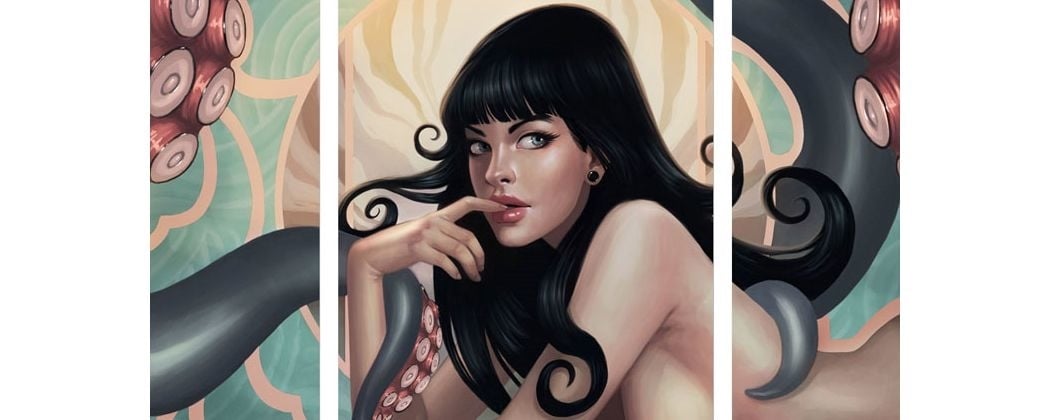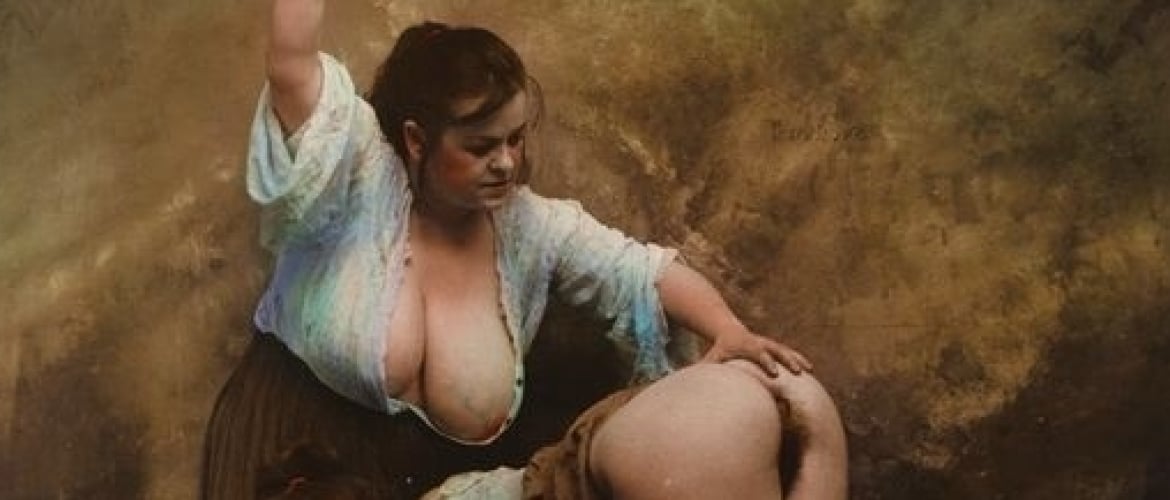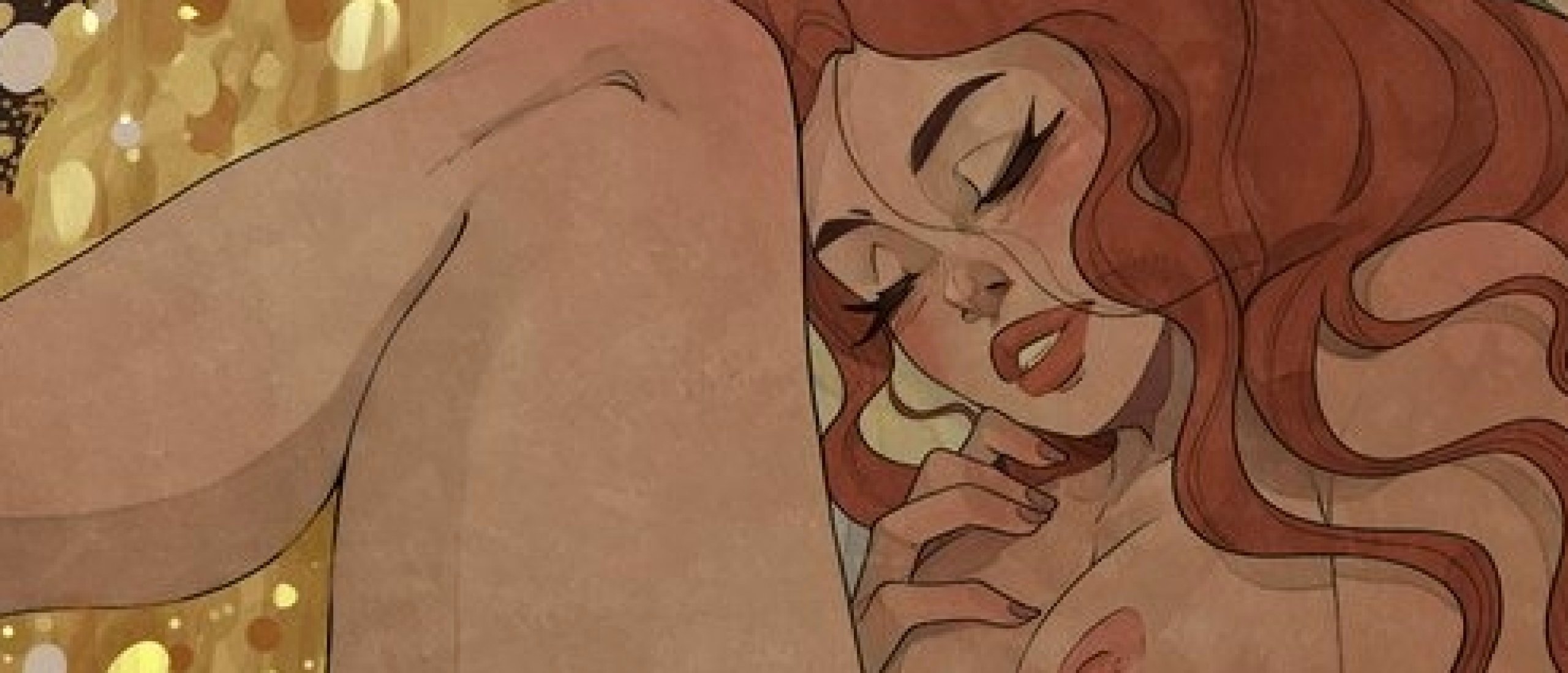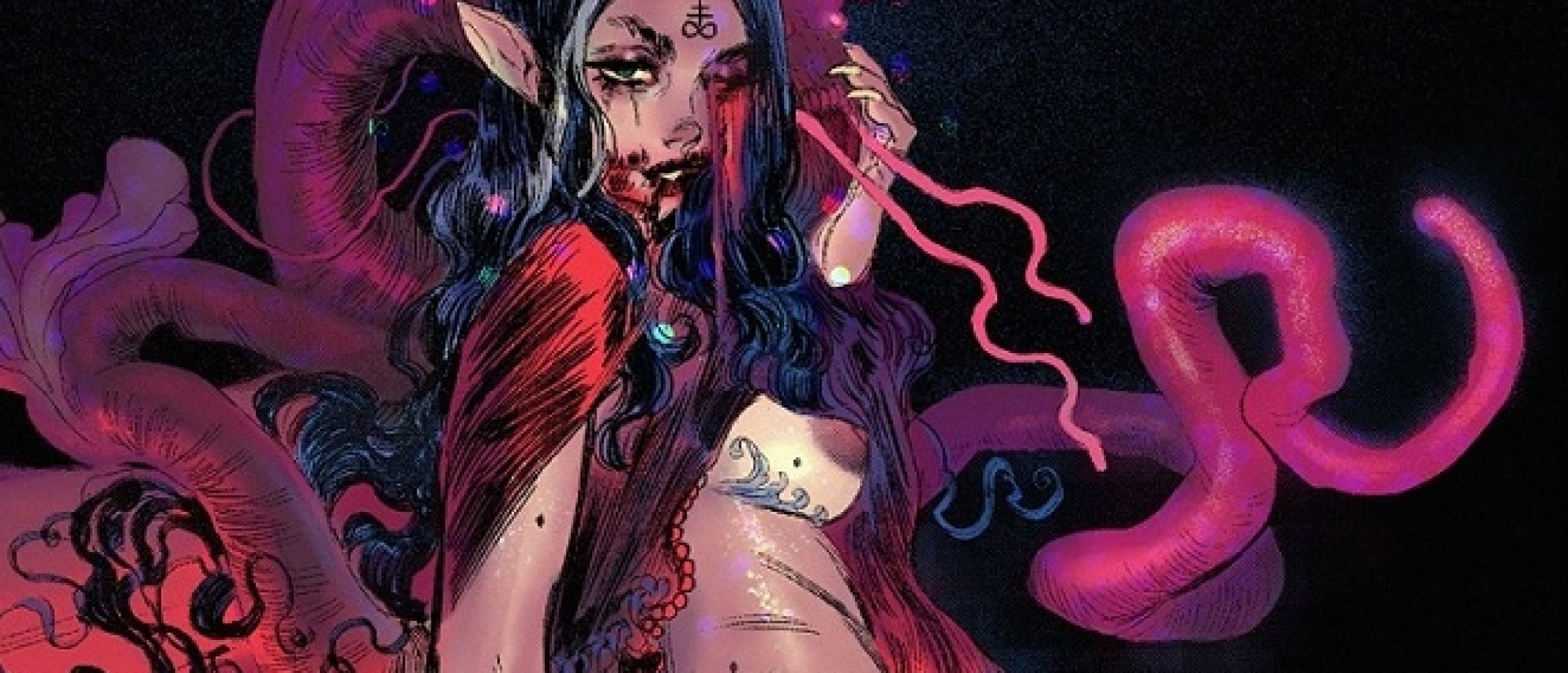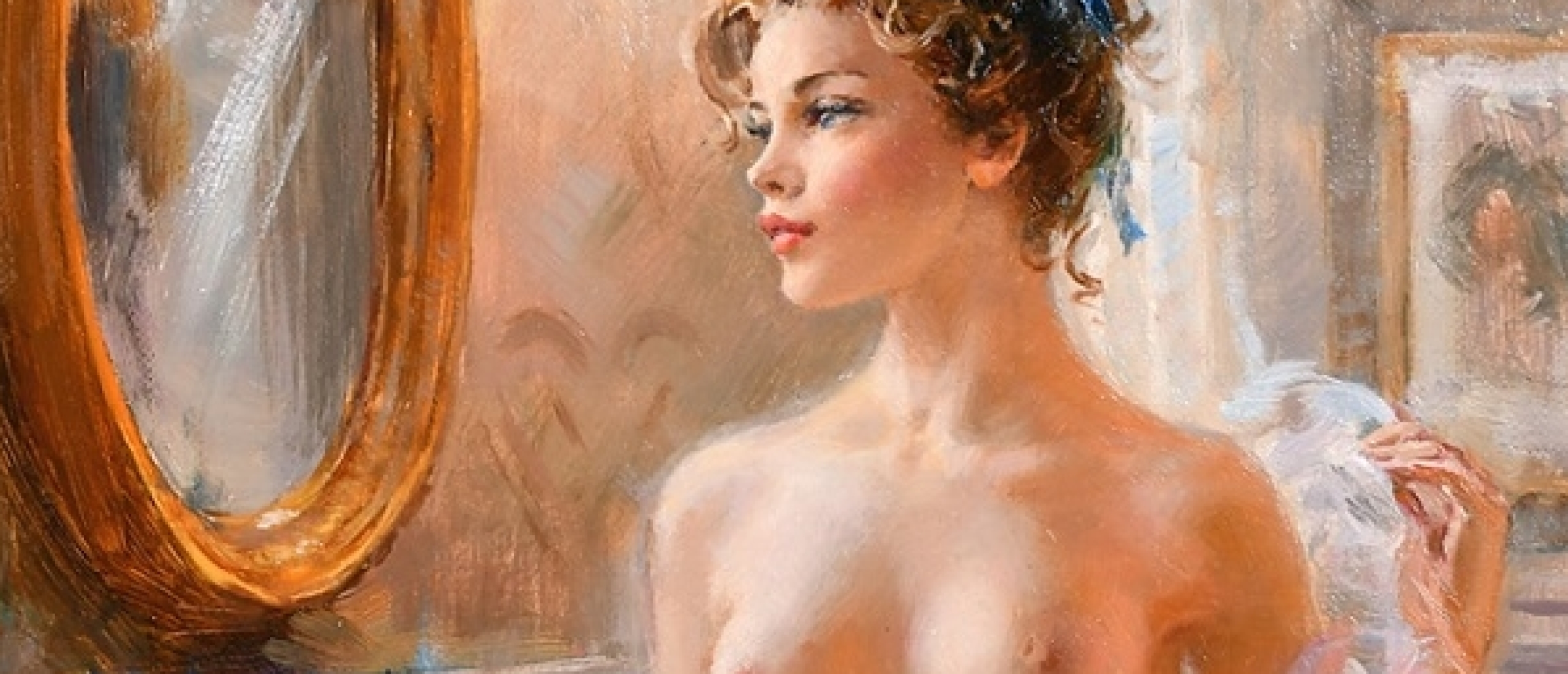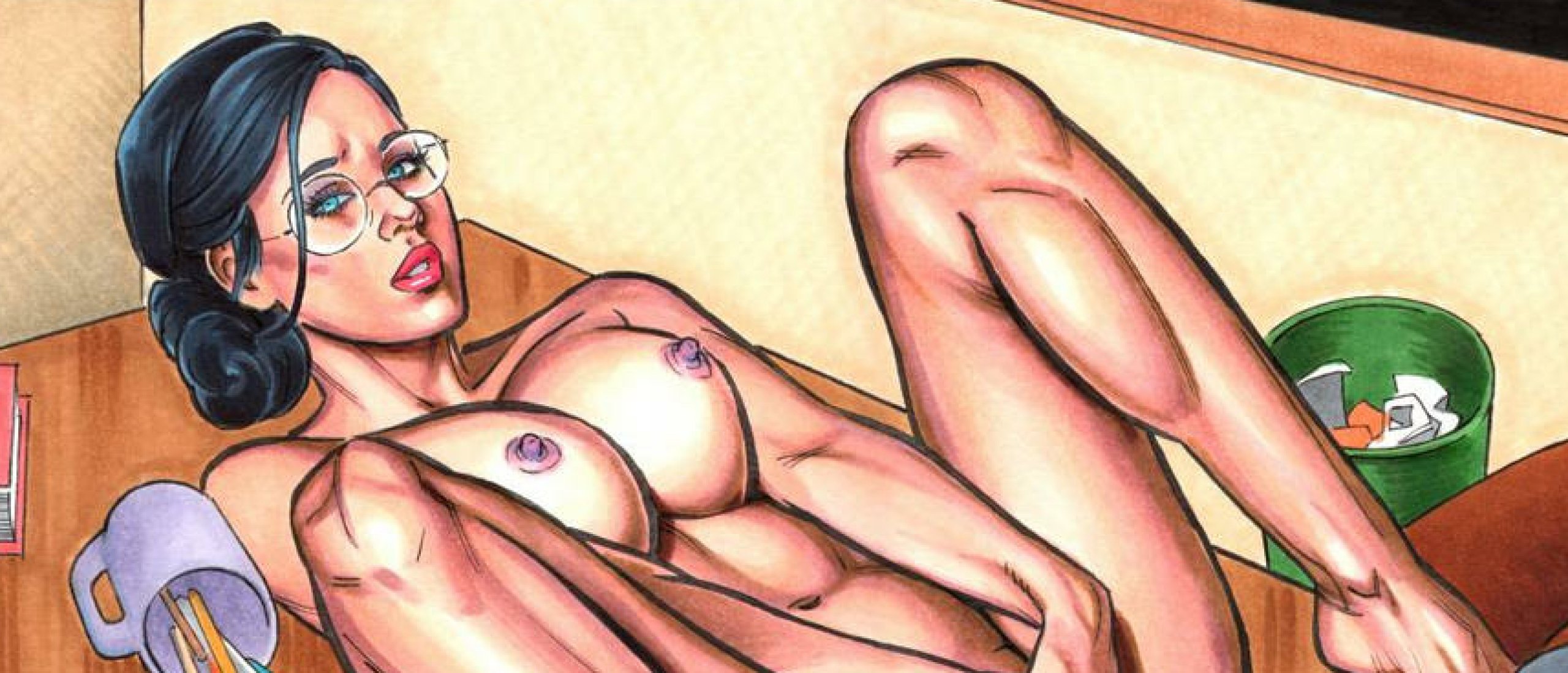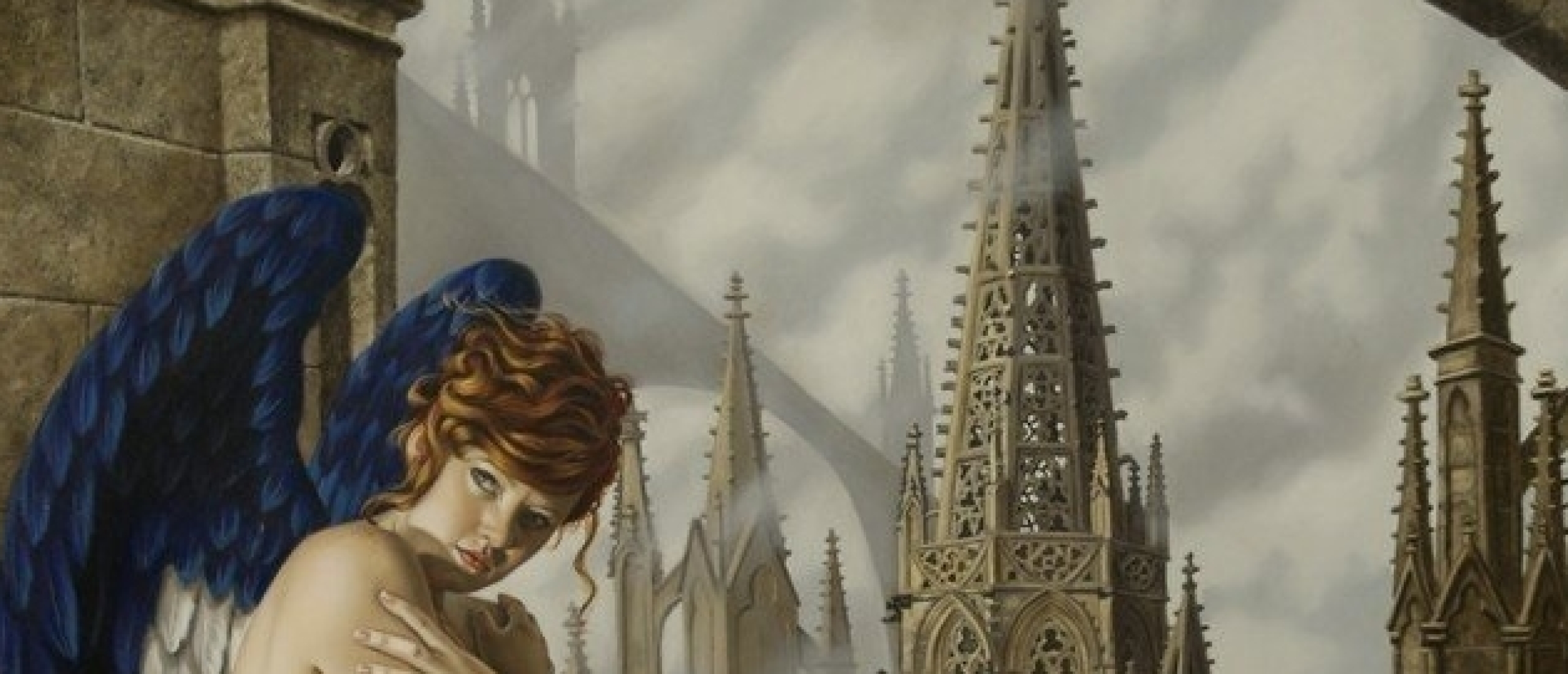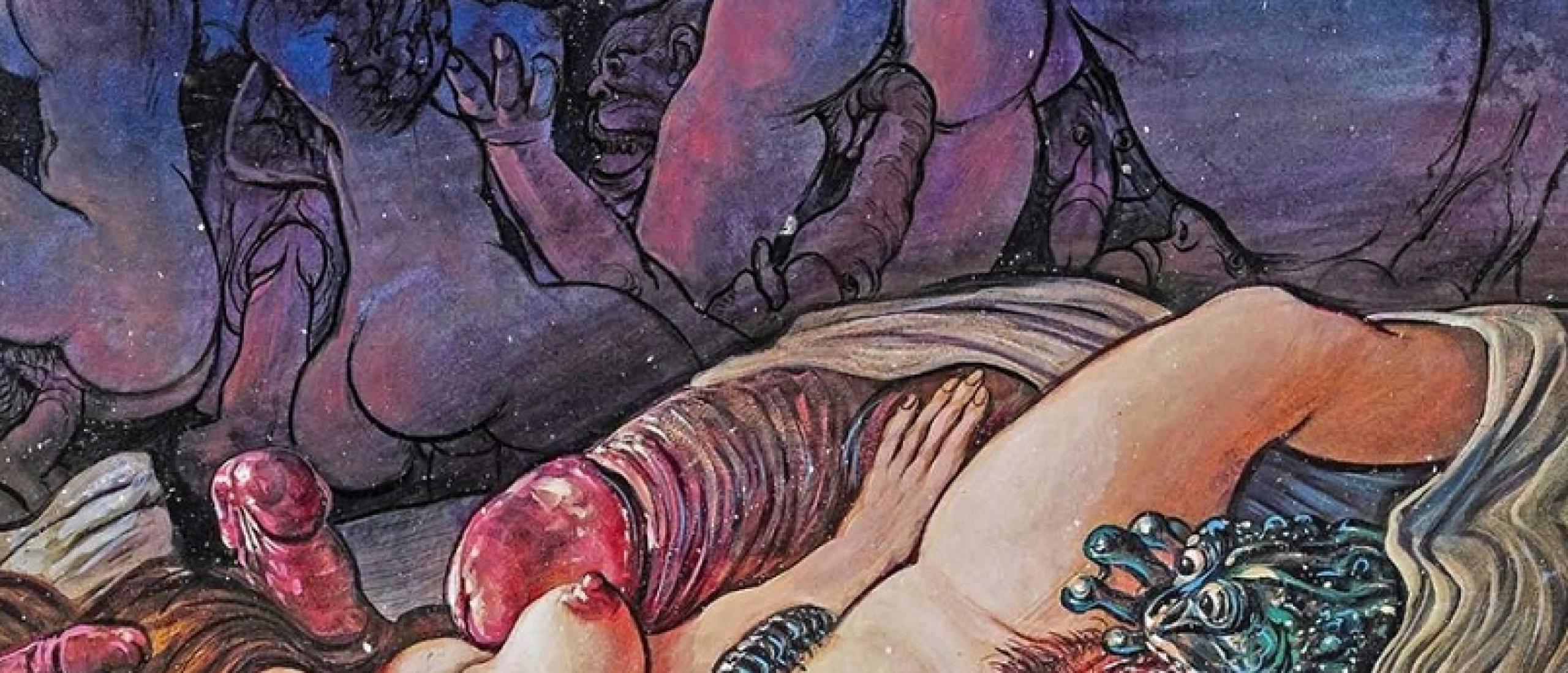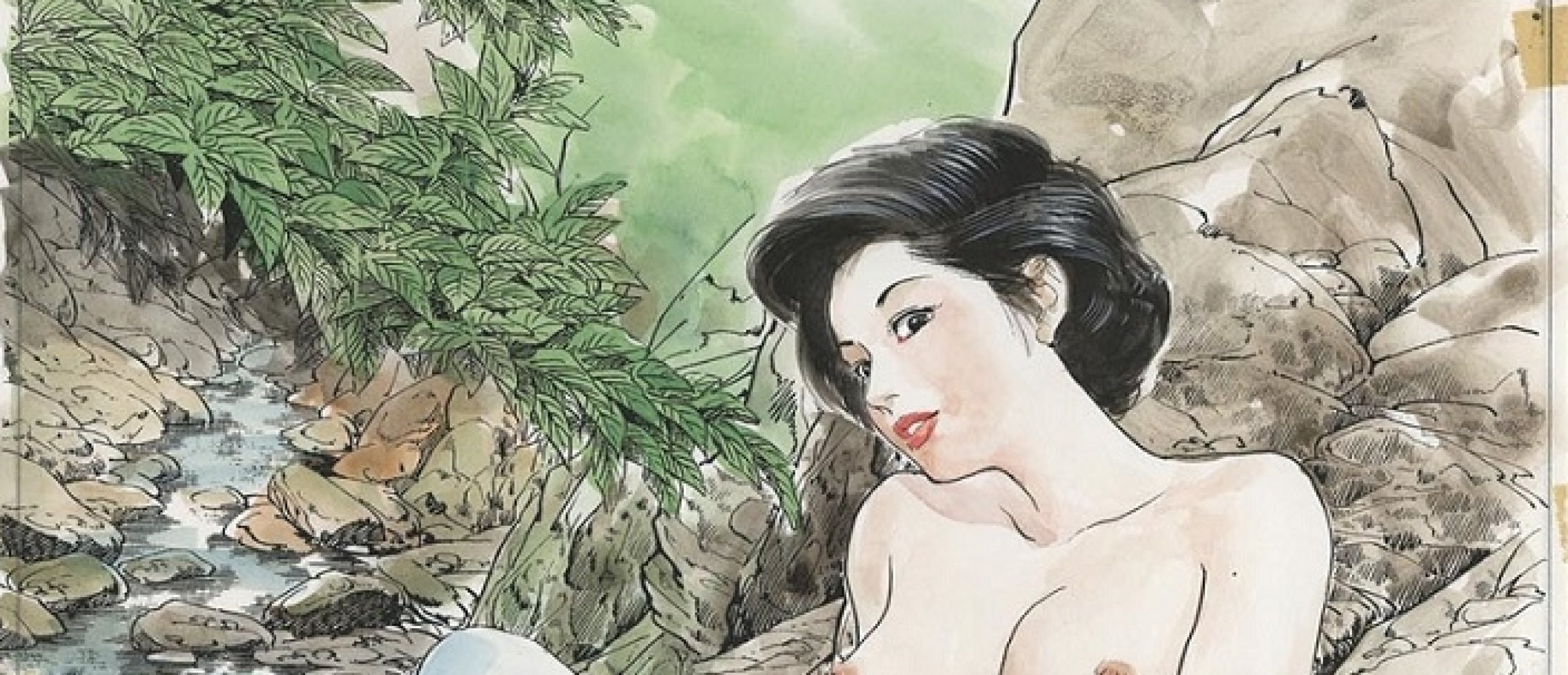
Ken Tsukikage, the pen name of Yoshikazu Takeda, was born on November 10, 1941, in Sasebo, Nagasaki Prefecture, Japan. His work stands out as one of the first to address the erotic genre of manga, especially during the boom of adult manga in the 1970s and 1980s, leading to the creation of a genre known as eromanga. Tsukikage's manga are characterized by complex narratives, well-developed characters, and a unique combination of eroticism and emotional depth.
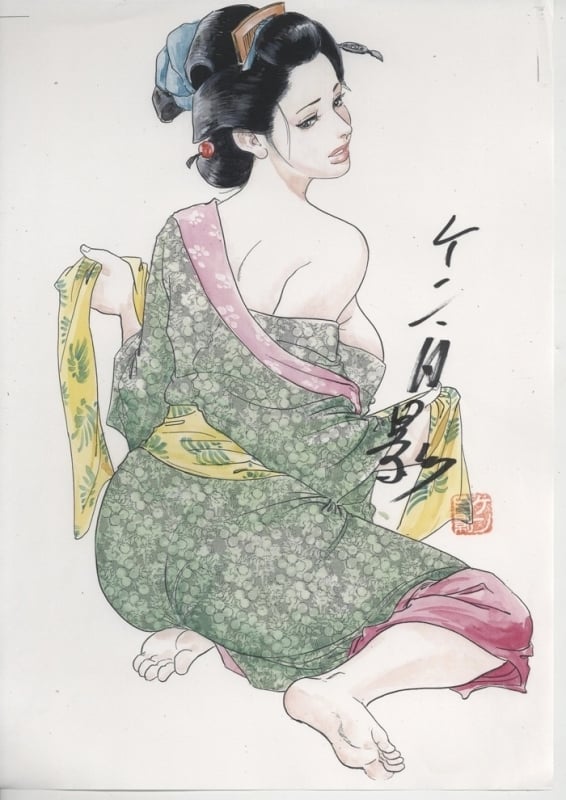
Fig.1.
Early Career
After finishing high school, Ken Tsukikage worked in a sign shop for about two years. He then moved to Tokyo, where he continued working with signs and drawing movie posters for another three years. It was during this period that he developed the artistic and technical skills he would later apply to manga. Additionally, he had a brief stint in animation, which also influenced his detailed and realistic art style.
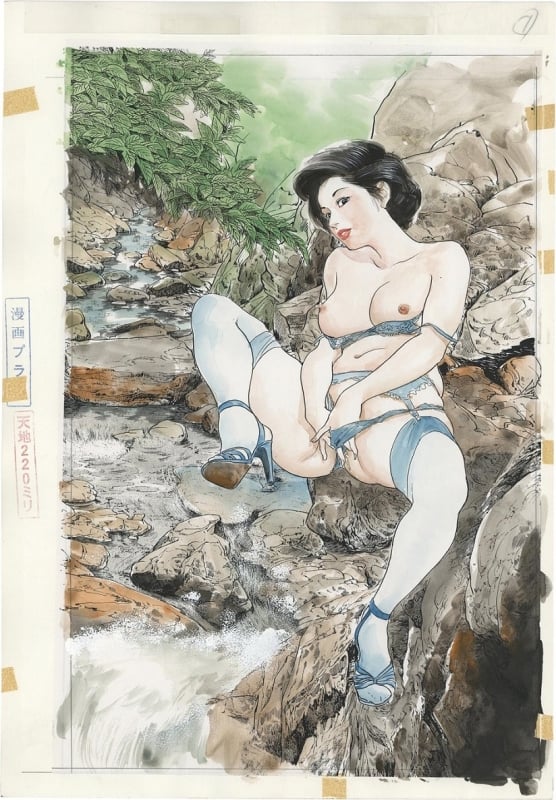
Fig.2.
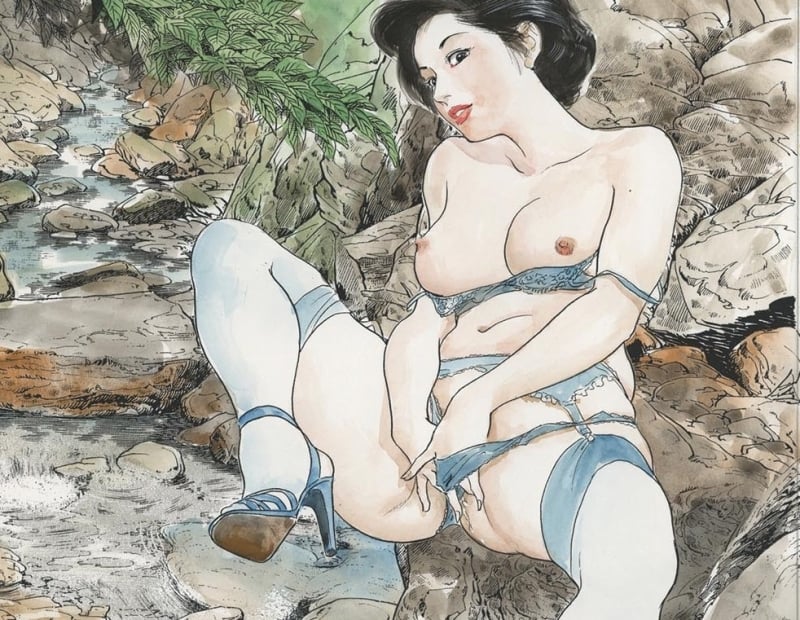
Fig.2a
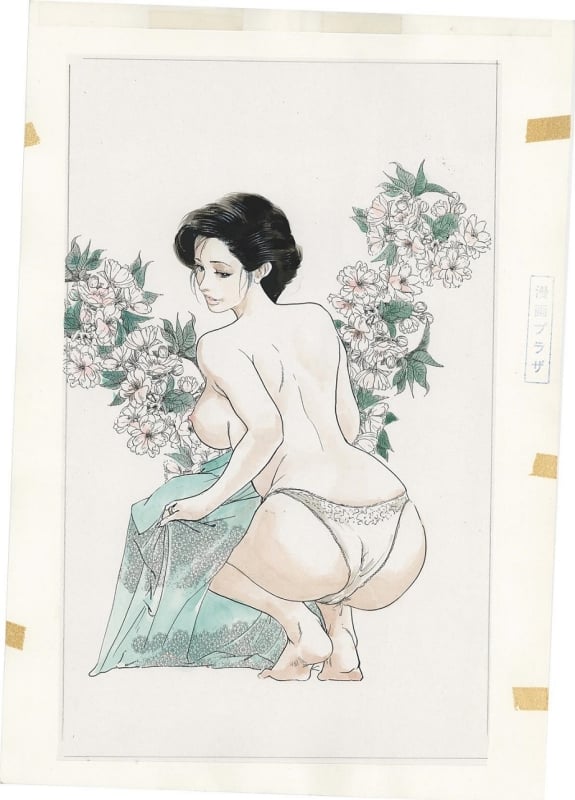
Fig.3.

Fig.3a
Eromanga
Erotic manga, known as eromanga or adult manga, have its origins in a long tradition in Japan, which historically has dealt differently with themes of sexuality and eroticism compared to the West. In the 1970s, Japan saw a significant growth in the publication of adult manga, driven by an increasing demand for adult-oriented content in an expanding editorial market. Specialized magazines, such as "Garo" and "COM," began publishing stories with more mature themes, ranging from violence and horror to eroticism. The cultural acceptance of explicit representations and the existence of specialized publications allowed artists like Ken Tsukikage to flourish.
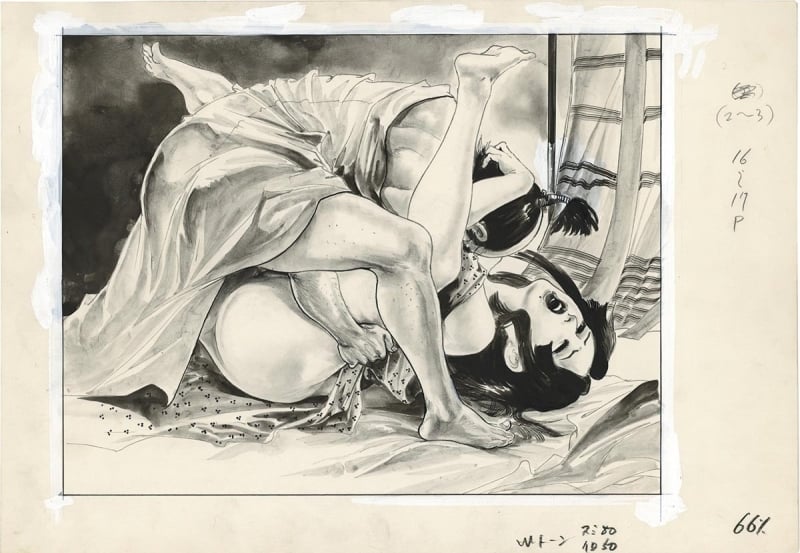
Fig.4.
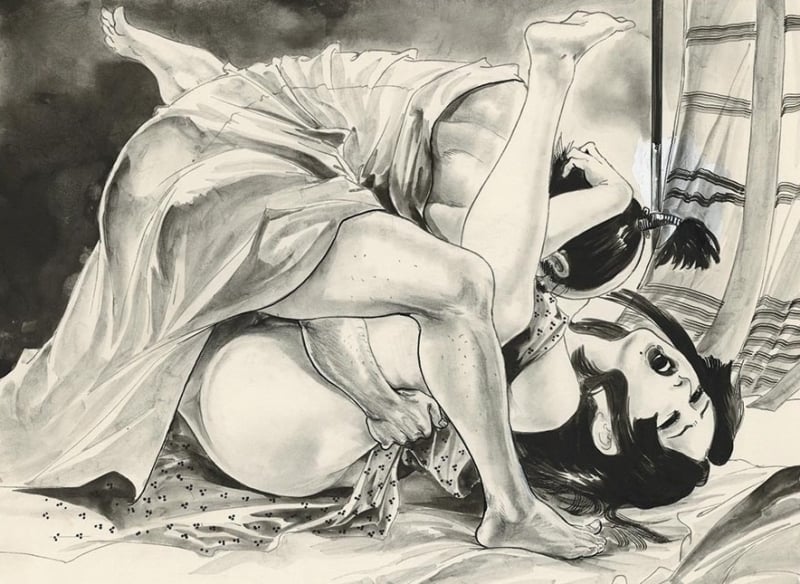
Fig.4a

Fig.5.
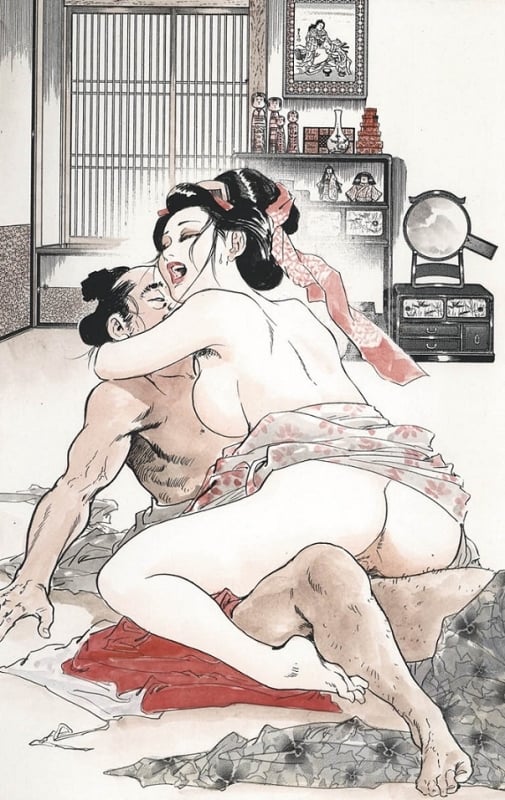
Fig.5a
The Gekiga Movement
To understand Ken Tsukikage's work, it is relevant to compare it with the gekiga movement, which also emerged in the 1950s and 1960s. Gekiga (劇画), a term coined by Yoshihiro Tatsumi, means "dramatic pictures" and was a movement aimed at bringing manga to a more adult audience with serious narratives and mature themes, often addressing everyday life, violence, and sex realistically.
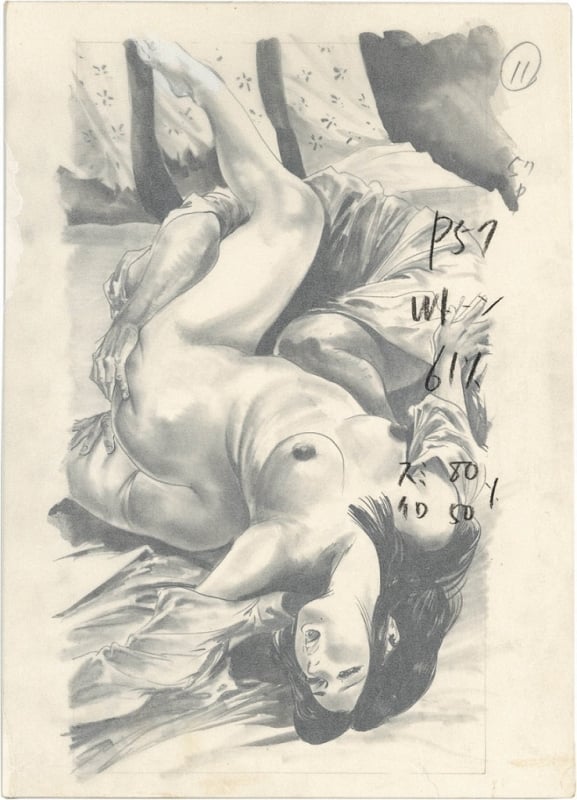
Fig.6.
Continue reading in Premium and discover how Tsukikage incorporates erotic layers to his works, more on his early manga, partnerships with influential manga scriptwriters, the lasting impact of Tsukikage's erotic manga on Japanese comics, his most notable works, numerous additional pics, and two of his arousing manga strips.
Click HERE for volume 1 of our extensive hentai guide (7 parts total)
What do you think about Tsukikage's eromanga? Leave your reaction in the comment box below...!!

